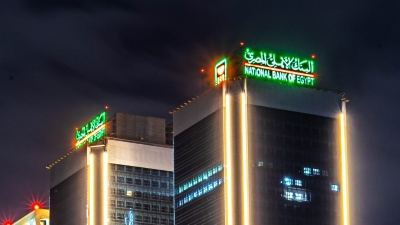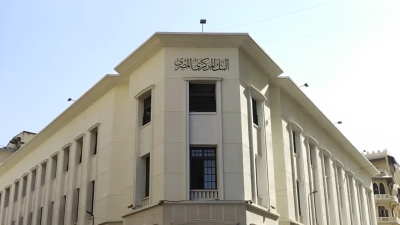Global Inflation Sees Decline: A Promising Sign, but Lingering Challenges Ahead
Wegdan Mohamed

The pace of inflation has been declining in many advanced and emerging economies after a year of record highs witnessed by most countries around the world, impacted by various global crises, including significant increases in energy prices and the Russian invasion of Ukraine.
In United States, the annual inflation rate continued to decline for the eleventh consecutive month in May, reaching its lowest level in over 2 years. Data from the US Bureau of Labor Statistics showed that the annual inflation rate in US decreased to 4% in May, compared to 4.9% in April.
Inflation also decreased in the Eurozone to 6.1% in May on an annual basis, the lowest level since February 2022.
As for inflation in China, despite a slight increase last month, it remains close to zero for the second consecutive month, with declining product prices and indications of slowing demand and a complex business environment.
Do these declines in inflation indicate a near end to the global crisis?
Perhaps these declines in the inflation rate indicate a relative improvement in the levels of rapid increases we have all witnessed, especially with the announcement by the US Federal Reserve during its recent meeting to maintain interest rates at 5.25%, thus ending a series of continuous interest rate hikes that began in March 2022.
This will have a direct impact on many central banks around the world that follow the same path as the US Federal Reserve. This was evident in many Gulf banks that also resorted to maintaining their rates following the Federal Reserve's decision.
Although the decrease in the inflation rate in major countries around the world heralds a near improvement in global conditions, many factors that still remain from the causes of the global inflation rise to record levels, such as the ongoing Russian war and environmental and climate changes, may disrupt economic plans and create surprises that require alternative policies to be followed.













